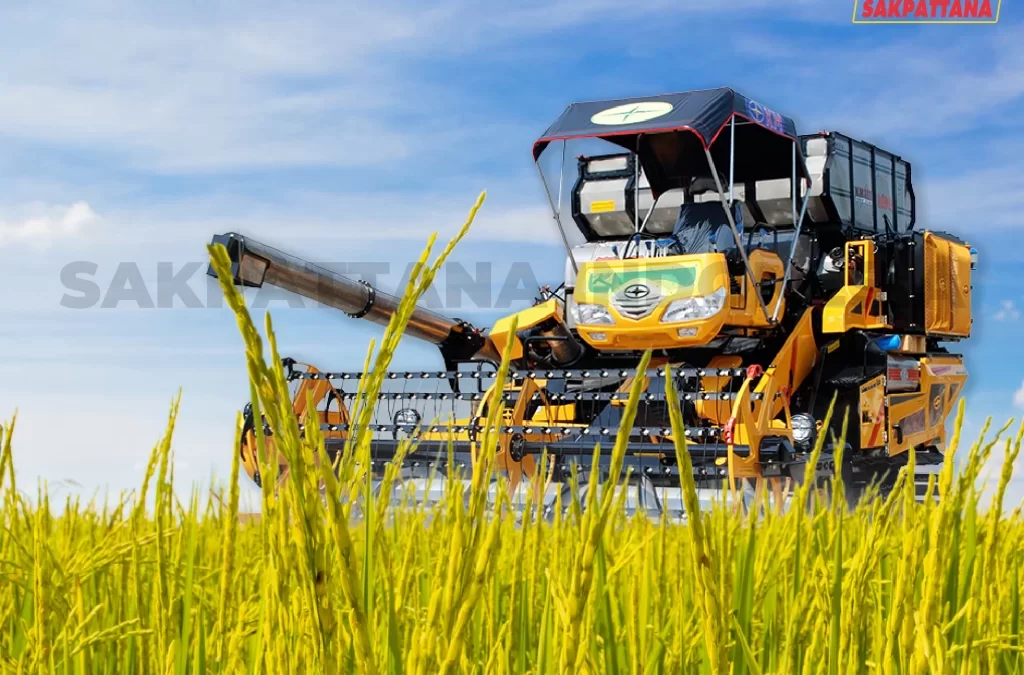Important: Here Are the Differences Between Inbred and Hybrid Rice, You Need to Know!
The agricultural sector is one of the most favored in this country. This is mainly because Indonesian soil is known to be very fertile. Crops such as corn, soybeans, and rice are the choices of local farmers. Speaking of rice, there are two varieties that are often heard of, Inbred and Hybrid. Here is an overview of the Differences Between Inbred and Hybrid Rice that you must understand.
Understanding Inbred and Hybrid Rice
Inbred rice is rice produced from open pollination. Varieties produced include IR 64, Ciherang, Situbagendit, and Mekongga. Meanwhile, hybrid rice is rice produced from the crossing of female and male parent rice. This type of rice is considered to have a more difficult process, but its seeds are also preferred because they promise high productivity.
Differences Between Inbred and Hybrid Rice
There are several characteristics that distinguish inbred and hybrid rice seeds. Here are some points you must know.
Inbred Rice Seeds are produced from regular or traditional crossing. Usually, after harvesting, farmers will select seeds for the next planting independently from the rice produced. This variety has been developed for a long time, since the early Bimas years in the 1950s. Varieties produced include IR 64, Memberamo, Sintanur, Ciherang, and Cisadane. The average production or harvest yield is 5 to 7 tons per hectare. The use of seeds of this variety is more common, but the fertilizer used is less. Relatively more resistant to pest attacks and changing environmental conditions. Examples of such conditions include dry or flooded land. Seed prices in the market are relatively cheaper, ranging from Rp 5,000 to 8,000 per kilogram.
Hybrid Rice The technique of producing its seeds is relatively more difficult because it involves crossing several types of strains. The harvest yield obtained is higher than inbred varieties, around 9 tons per hectare. Examples of hybrid variety crossings are Intani 1, Intani 2, Arize, Inpari 1 to Inpari 13. There are also Inpara, PP1, H1, and Bernas Prima. The use of seeds is less, but more fertilizer is needed compared to planting inbred rice. Tends to be more susceptible to pests such as leaf blight, bacterial leaf blight, caterpillars, leafhoppers, whitebacked planthoppers, and so on. Lower environmental adaptation, so it requires more careful maintenance. The price of its seeds tends to be more expensive than inbred, around Rp 45,000/kg. Other Differences Between Inbred and Hybrid
In addition to the differences mentioned above, there are some other differences between inbred and hybrid rice, such as:
Genetic Composition Hybrid rice is heterozygous at some or all of its loci. Whereas inbred genetic makeup is homozygous at all or most loci.
Uniformity of Plants Inbred rice is a population of F8 or above, commonly known as advanced generations, while hybrid rice is an F1 population, resulting in uniform plants.
Heterosis Phenomenon Hybrid rice has the advantage of the heterosis phenomenon because it involves two parent strains. Whereas inbred rice does not have the heterosis phenomenon.
Both inbred and hybrid rice varieties have their own advantages and disadvantages. It is best to adjust to the conditions and soil conditions in your area if you want to grow them. Have you decided which type of rice to plant? That’s all for this review, hopefully, it’s helpful.

